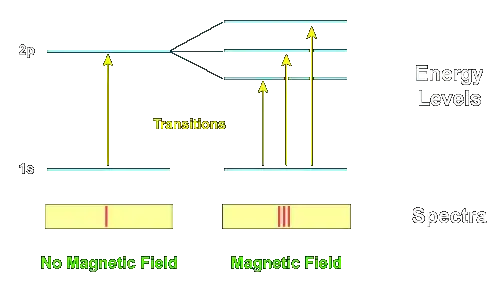I learned that if we measure the spin angular momentum of an electron in one direction $J_z$, we get $\pm \frac{1}{2} \hbar$. But if we measure the magnitude of the angular momentum $\mathbf{J}^2$, we should get $\frac{3}{4} \hbar^2$. What experiment gives the latter result?
As @user1585635 notes, measuring $J_x$, $J_y$, and $J_z$ separately and
summing their squares gives $\frac{3}{4} \hbar^2$. This is not what I'm
looking for. First, if I measure $J_z$, measure angular momenta in
three directions separately, and measure $J_z$ again, the two
measurements of $J_z$ aren't guaranteed to be the same, since $J_z$,
$J_x$, and $J_y$ don't commute. But $\mathbf{J}^2$ commutes with $J_z$.
Second, when the spin is not $\frac{1}{2}$, say it's $j$, summing the
squares of components of $\mathbf{J}$ gives 3ℏ²², where ² should
be ℏ²(+1) doesn't always give $\hbar^2 j(j+1)$. (Thanks to
@MichaelSeifert for pointing that out)
This question is not a duplicate of Why is orbital angular momentum quantized according to $I= \hbar \sqrt{\ell(\ell+1)}$?. That question is about how $\mathbf{J}^2$ is derived mathematically. Mine is about how it is confirmed experimentally.

